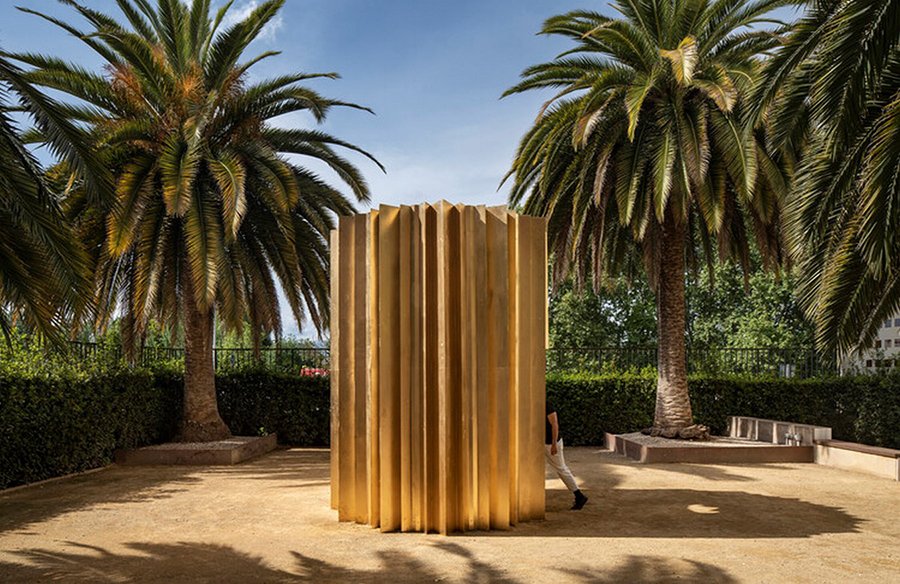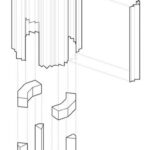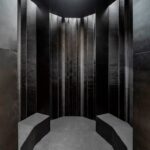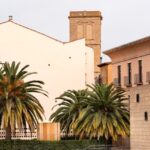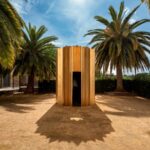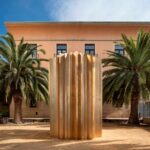Introduction to the Silk Pavilion
The Silk Pavilion, a project by Paloma Cañizares Office, marks the culmination of research into fabric structures, showcasing the potential of rigidized textiles. This innovative pavilion, unveiled at the Concéntrico International Festival of Architecture and Design in Logroño, represents a breakthrough in architectural design.
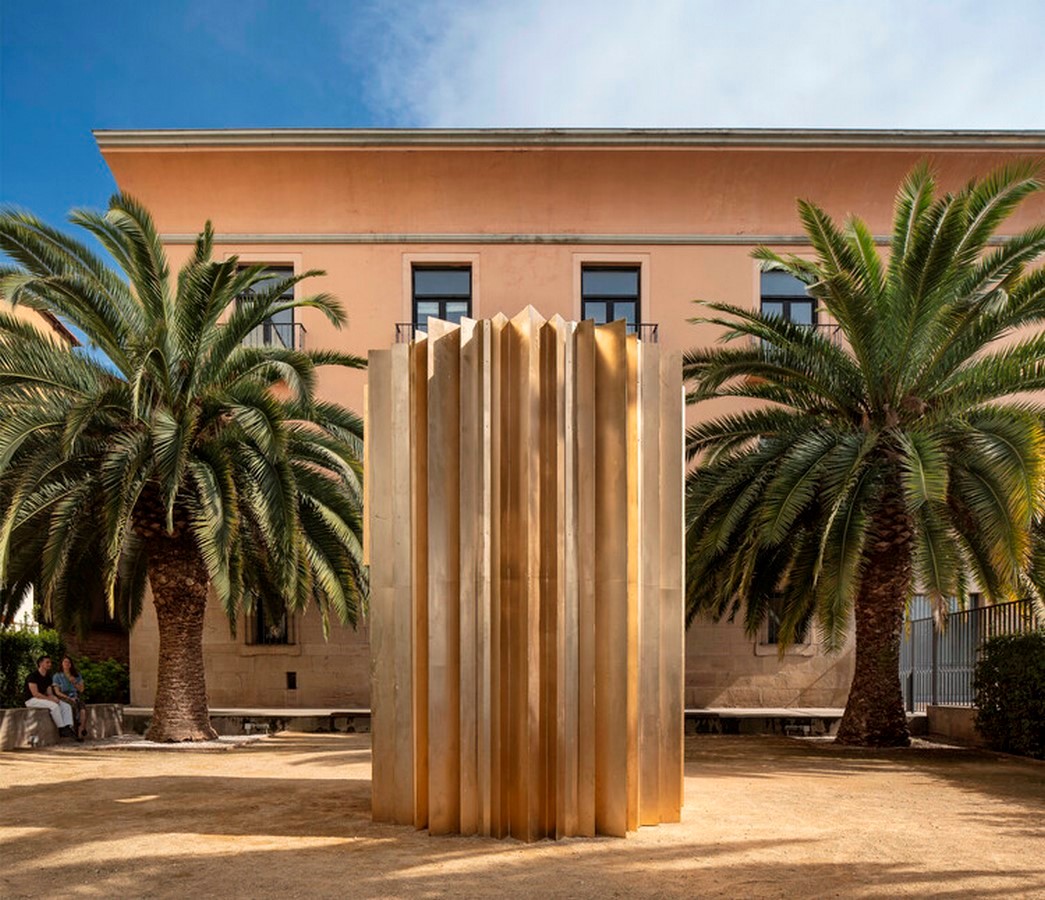
Harnessing the Power of Silk
By rigidizing and folding silk fabric, the architects have created a self-supporting surface characterized by remarkable slimness and lightness. Silk, known for its strength and durability, offers structural possibilities comparable to steel while maintaining exceptional lightness, resulting in a perfect blend of strength and weightlessness.
Geometry and Form
The pavilion’s geometric design plays a crucial role in achieving its self-supporting capability. Utilizing a simple three-pointed element repeated to form a dodecagon, the architects have created a modular structure that is both elegant and functional. The star-shaped pavilion, adorned with a golden hue, exudes a sense of sophistication and charm.
Illumination and Context
Supported by four metal pillars and featuring a dodecagonal oculus, the Silk Pavilion interacts dynamically with light and shadow. Triangular beams of light create a mesmerizing interplay of illumination, transforming the pavilion into a captivating spectacle that evolves with the movement of the sun.
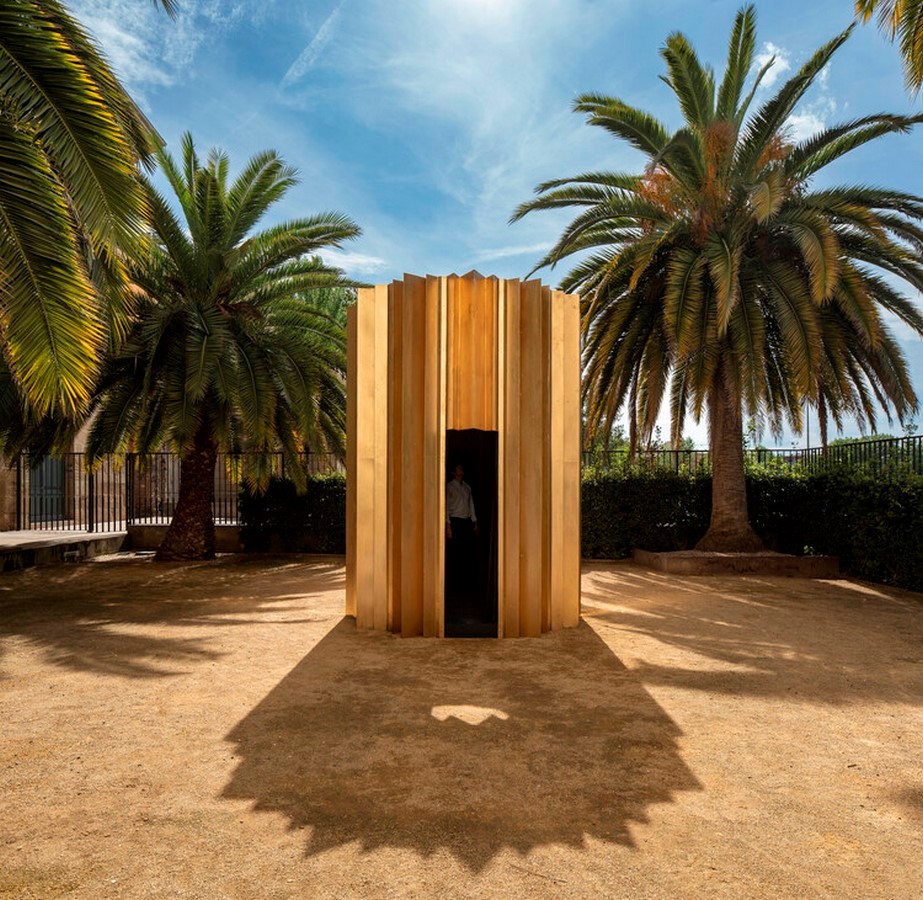
Contextual Integration
Originally designed for the courtyard of the College of Architects of La Rioja, the pavilion’s geometry draws inspiration from its vegetal surroundings, offering a harmonious blend of nature and architecture. Despite its relocation to the gardens of Nuevos Ministerios in Madrid, the pavilion maintains its allure, surrounded by lush vegetation and protected by an arcade.
Conclusion: A Vision for the Future
The Silk Pavilion exemplifies a paradigm shift in architectural thinking, exploring new possibilities for construction that are faster, lighter, and more adaptable. Through interdisciplinary collaboration and innovative design, it paves the way for a future where architectural solutions are not only functional but also emotionally resonant, enriching the lives of those who inhabit them.
